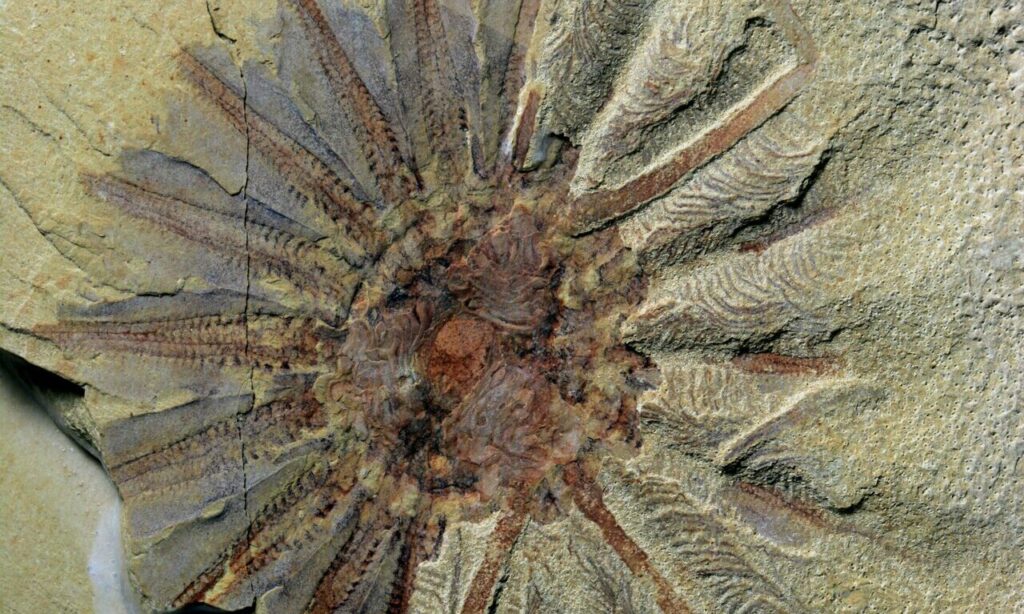Half-Billion-Year-Old Fossil Reveals Origin of Comb Jellies
A 520-million-year-old fossil resembling a flower is the great ancestor of modern-day comb jellies, jellyfish-like sea creatures that cast a rainbow-like effect as they propel their way through ocean waters.

The fossil is made up of a cup-shaped organism with 18
tentacles of fine feather-like branches with rows of comb-like hairs
surrounding a mouth.
The connection is made in a new study in the science journal Current Biology, which analyzes a fossil found in China’s southern Yunnan province and bumps combjellies to a new branch in the evolutionary tree of life.
Modern comb jellies derive their name from a row of
comb-like plates called cilia that covers their tentacles and allows them tomove their egg-shaped bodies through water the same way bacteria swims. Thesecarnivores may look like jellyfish, but are from an entirely different class ofanimals.
Researchers say their newfound understanding of the comb
jellies through the lens of the fossil named Daihua casts a new light on two other fossils that were thought be to part of other groups of sea creatures.
Those include a 508-million-year old fossil found in the Canadian Rockies andanother in the Maotianshan Shales in the same province where the Daihua fossilwas found.
Several well-preserved fossils have been found in rice
fields and farmlands in the tropical region of China over the last 30 years, accordingto the researchers from University of Bristol, Yunnan University in China and London’s Natural History Museum.
The study posits comb jellies evolved from ancestors that
had organic skeletons and lived on the ocean floor where they had polyp-like tentacles.
Over time, their mouths expanded into balloon-like spheres, but their bodies shrunk down so that their tentacles emerged toward the back-end of the animal.
Jakob Vinther, molecular paleobiologist from the University
of Bristol, described the discovery as a real breakthrough for the
understanding of the comb jellies’ journey from the seafloor.
“We pulled out a zoology textbook and tried to wrap our
head around the various differences and similarities, and then, bam!
Here isanother fossil that fills this gap,” said Vinther.
